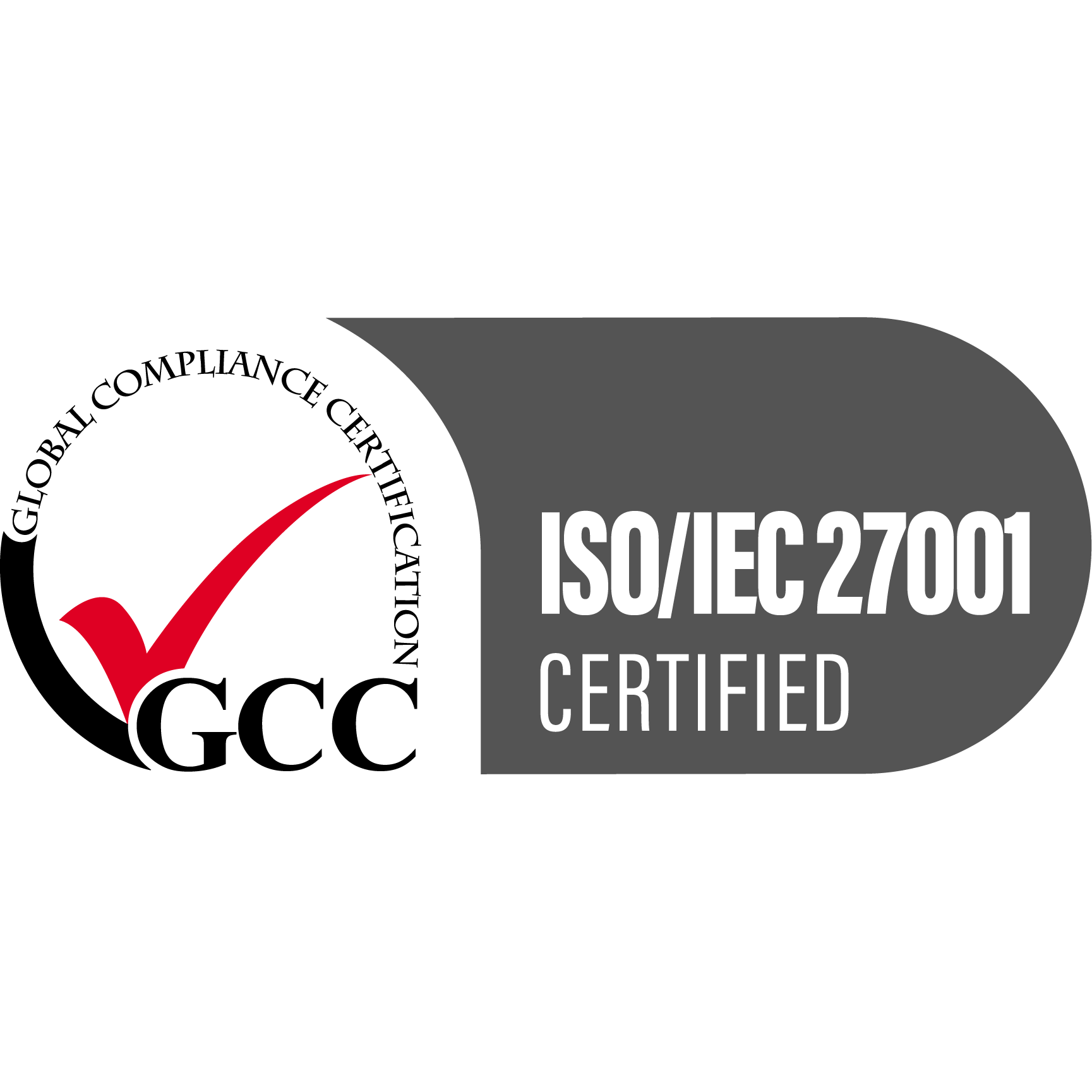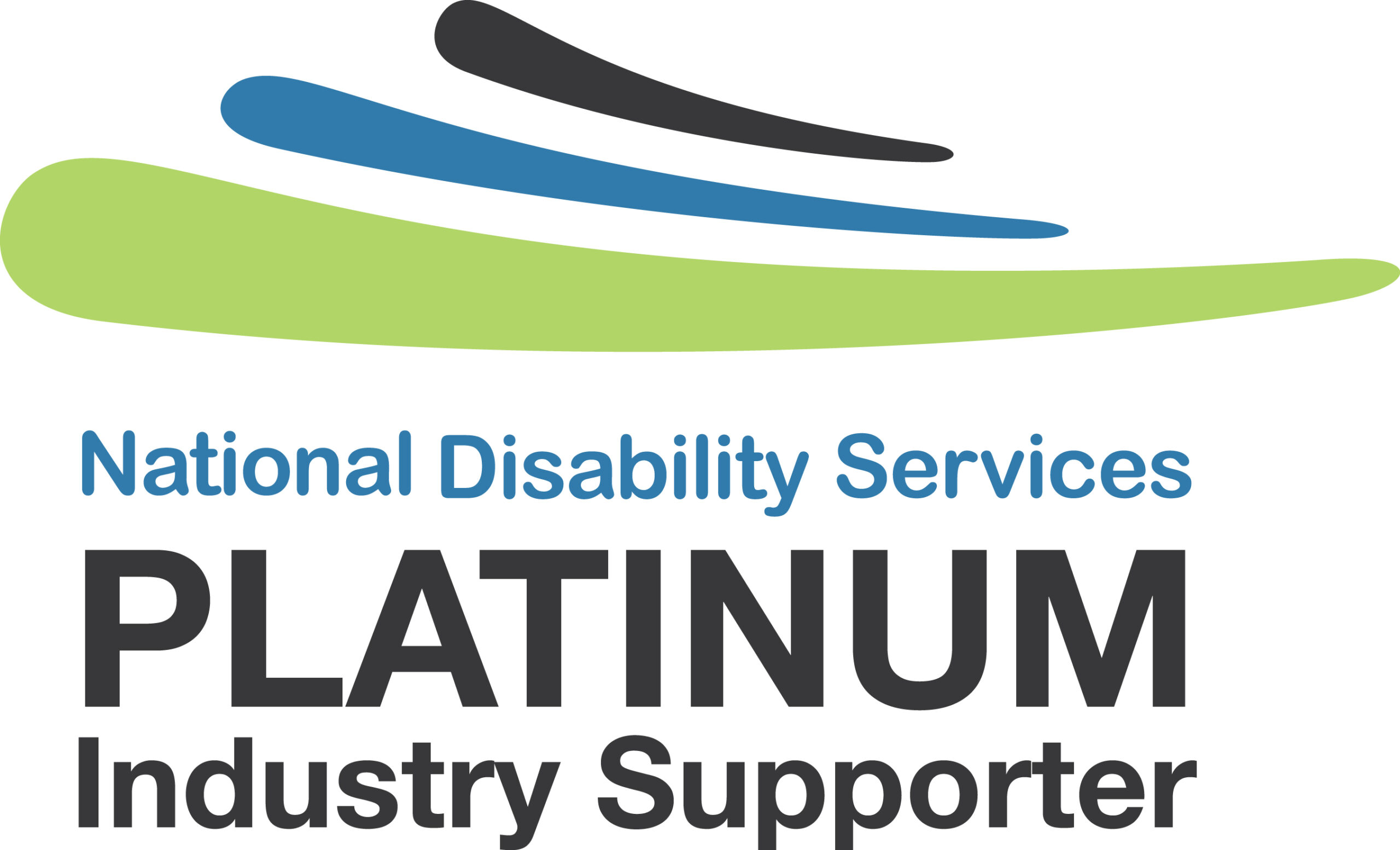The latest NDIS Quarterly Report confirmed what we already knew: more and more participants are joining the scheme and the average cost per participant is increasing. Simply put, NDIS payments are being claimed more frequently and they are becoming bigger and bigger.
However, as these numbers rise, so too does the proportionate risk of the NDIA rejecting claims. This could be for a variety of reasons, including basic administrative errors, inaccurate participant details, or more. Whatever the reason, businesses need to understand the latest payment trends and common pitfalls when claiming – to ensure their cashflow.
quickclaim is on the ground when it comes to NDIS payments, helping businesses claim for services and remedy those claims that have been rejected. We’re big believers in data and how it can inform your practice and want to share the trends we’re seeing in NDIS payments.
What payment trends are we seeing?
Despite the Federal Government’s efforts to curb the scheme’s growth, NDIS payments are rising. In the year to 30 June 2024, total payments were $41.8 billion, while in the year to 30 June 2025, they were $46.3 billion. Meanwhile, average and median payments per participant have increased by 4.2% and 3.5% per annum respectively over the past 2 years.
Note: In the NDIS, the average payment is much higher than the median payment, because of a skewed distribution with a small number of participants receiving high-cost supports and a large number receiving low-cost supports.
The latest NDIS Quarterly Report also offers insight into average plan budget trends. This includes an increase observed for participants living in supported independent living (SIL). For example, over the 2-year period to 30 June 2025, average plan budgets have increased 6.9% per annum for participants in SIL, while only 4.9% for those who aren’t. For SIL providers, this means they need a robust claims process to handle growth.
The other piece of data worth investigating is that NDIS participants who already access the NDIS have a higher average plan budget compared to those who are new to the scheme. For example, the average plan budget for existing participants (who were in the NDIS at 30 June 2023 and at 30 June 2024) increased to $83,700, an 11.7% bump.
What’s a healthy rate for rejected NDIS claims?
Based on what we’ve seen with NDIS payments, we believe that a ‘healthy rate’ of rejected claims should sit anywhere between 1-2% and encourage providers to strive towards this range. However, in health check reports we’ve conducted on behalf of clients, we’ve seen this rate as high as 20%, meaning that – over the course of a year – these medium to large providers are chasing millions of dollars in revenue.
As NDIS payments rise and become more frequent, a 20% rate of rejected claims poses an enormous cashflow problem to providers, with time sunk into identifying why claims might be rejected. The lever that a business can pull to reduce this number is through implementing a robust, accurate claims process and understanding the common reasons that the NDIA rejects claims, so that your business avoids those same errors.
Note: Often, a participant’s details will change as a result of a plan reassessment or they will transition to PACE (more on this below). In these instances, a rejected claim obviously isn’t your doing, but it’s important to identify the issue early, so time isn’t wasted chasing the same NDIS payments through repeated pay runs. Having clear oversight through automated claiming can support this.
What are the most common rejected claims?
At quickclaim, we support providers quickly and efficiently claim. Within our role, we have identified the most common reasons claims might be rejected.
Issue with service bookings
Although this issue will slowly vanish with the introduction of PACE, which doesn’t require service bookings to be made for your participants, you should still understand the issue while participants transition to the new system. As is the case with change in systems and processes, these things take time.
Simply, a claim might be rejected because either a service booking doesn’t exist or the requested amount that’s being claimed is more than the amount in the service booking. For those participants not yet on PACE, you need to ensure you accurately capture the participant’s service booking details within your CRM, so that your claim matches those same details.
Issue with plan management type
Another frequent error we see is when the plan management type for the support category cannot be claimed by the service provider. This means your CRM needs to closely align with Service Agreements and NDIS plan details, so that you’re not claiming for services incorrectly delivered.
Issue with plan dates
With participant plans typically going for reassessment each year, you must claim from the correct NDIS Plan. As above, your CRM needs correct start and end dates for participant plans, with communication with finance that ensures accurate invoicing. Automating these processes – so that your CRM and finance systems work in tandem – saves valuable time.
Multiple business validations failed
Although less likely, we sometimes see multiple business validations failing, simply because the correct information isn’t included in the attempted claim. Again, automating these processes can ensure these errors don’t occur.
What can you do to ensure quick payment?
At quickclaim, we offer an end-to-end billing solution that connects a provider’s CRM and finance system. This supports the provider in automating their claims processes so that errors in NDIS payments occur less frequently – and if they do occur, they can be identified and resolved. Please reach out to our team or book a demo to learn more.
As NDIS payments increase and become more frequent, it’s vital that your business’s claims process doesn’t let revenue slip through the cracks.
























